Dropbox has launched a host of new features for its premium subscribers, a move aimed at facilitating better real-time collaborative work experience amidst the new work-from-home normal. The cloud storage provider has introduced three new Dropbox features: a password manager, a secure vault, and an automatic storage feature for its Dropbox Professional and Plus users. In June this year, Dropbox had made these features available to beta users.
According to Dropbox, the password manager will help its users save their different credentials in one safe place and autofill them so that users can instantly sign into various websites and apps. The new password manager works on Windows, Mac, iOS, and Android OS.
This service, though not exclusive, will help Dropbox users put strong and unique passwords for different web-apps without any hurdle of remembering them. There is already a flurry of free password managers such as Lastpass, Myki, KeePass, Dashlane, among others, in the digital marketplace today. Dropbox mentions that the feature will allow users to sync their passwords automatically from the desktop to mobile devices and vice versa.
The new Vault feature provides an extra layer of security for relevant documents to Dropbox users. According to the company, users can store files such as insurance cards, passports, and housing documents in the Vault and provide access to their trusted friends and family members in case of an emergency. Currently, the service is available to Dropbox Plus users only.
The last feature that the company has introduced is the computer backup feature. The feature eliminates the need for manual backup and automatically syncs folders on the PC directly with Dropbox. This service is available to all Dropbox users.
Eying new opportunities
With over 600 million registered users and around 15 million paid customers across 180 countries, Dropbox is undoubtedly one of the most significant players in the cloud storage segment. The San-Francisco headquartered company is competing closely with the likes of Google Drive, Microsoft’s OneDrive for Business, Box, Zoho Docs, ShareFile, and Apple’s iCloud in the market. Besides these, the industry is also witnessing the entry of several newbies who are chipping away the market share.
Dropbox’s new feature announcement is in line with the company’s strategy to increase its user base and become profitable by the end of 2020. During the last couple of years, Dropbox has taken aggressively steps to bolster its proposition in the digital collaboration space. In September last year, the company launched Dropbox Spaces, a machine intelligence-enabled smart feature that lets teams reorganize and bring all their documents together in one place so that multiple users can access everything from one central location. Besides, Spaces also enables Dropbox users to scan and find their records immediately by inserting keywords.
Earlier, Dropbox’s strategic partnership with Zoom Video in 2018 was aimed at helping its users to seamlessly communicate and discuss content in real time.
Dropbox ended the second quarter fiscal 2020 on June 30, with US $1.931 billion in revenue and over 15 million paying users. According to Dropbox, it witnessed a revenue increase of $67.3 million quarter-on-quarter and 17% year-on-year. During the last one year, the company has also been able to increase its average revenue per paying user from $120.48 to $126.88.
Tough competition ahead
The cloud storage market is gaining enormous traction today. Given the ongoing Covid-19 pandemic, the remote work environment has become a new reality. As such, the traditional way of storing data is becoming obsolete, and cloud storage companies are exploring new opportunities to benefit from the work-from-home trend.
Enterprises and professionals are rapidly moving towards collaborative workspaces and prefer storing data in a way that can be accessed and shared anytime with anywhere digitally. As such, players like Dropbox, who have strong fundamentals, will continue to gain market share. However, even with the growing opportunity, the market is expected to see significant consolidation in future. Tech giants like Microsoft and Google are speedily enhancing their digital portfolios with an eagle’s eye on cross-selling opportunities. As such, industry observers expect the document cloud storage market to consolidate into four to five major players in the next 12 months. It will be exciting to see if players like Dropbox can maintain the momentum with new pathways for growth or decide otherwise.




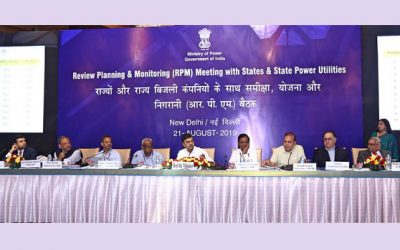
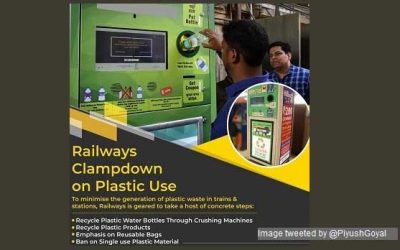
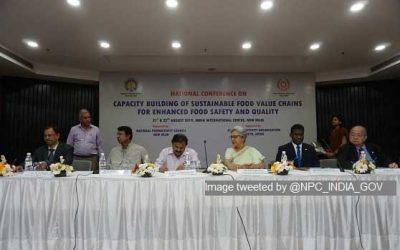
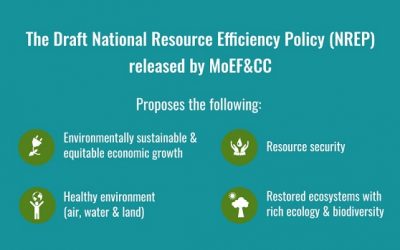
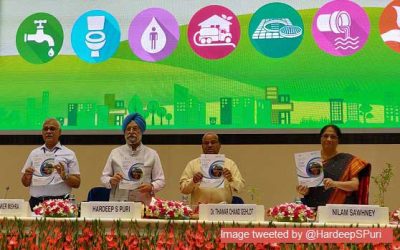

0 Comments